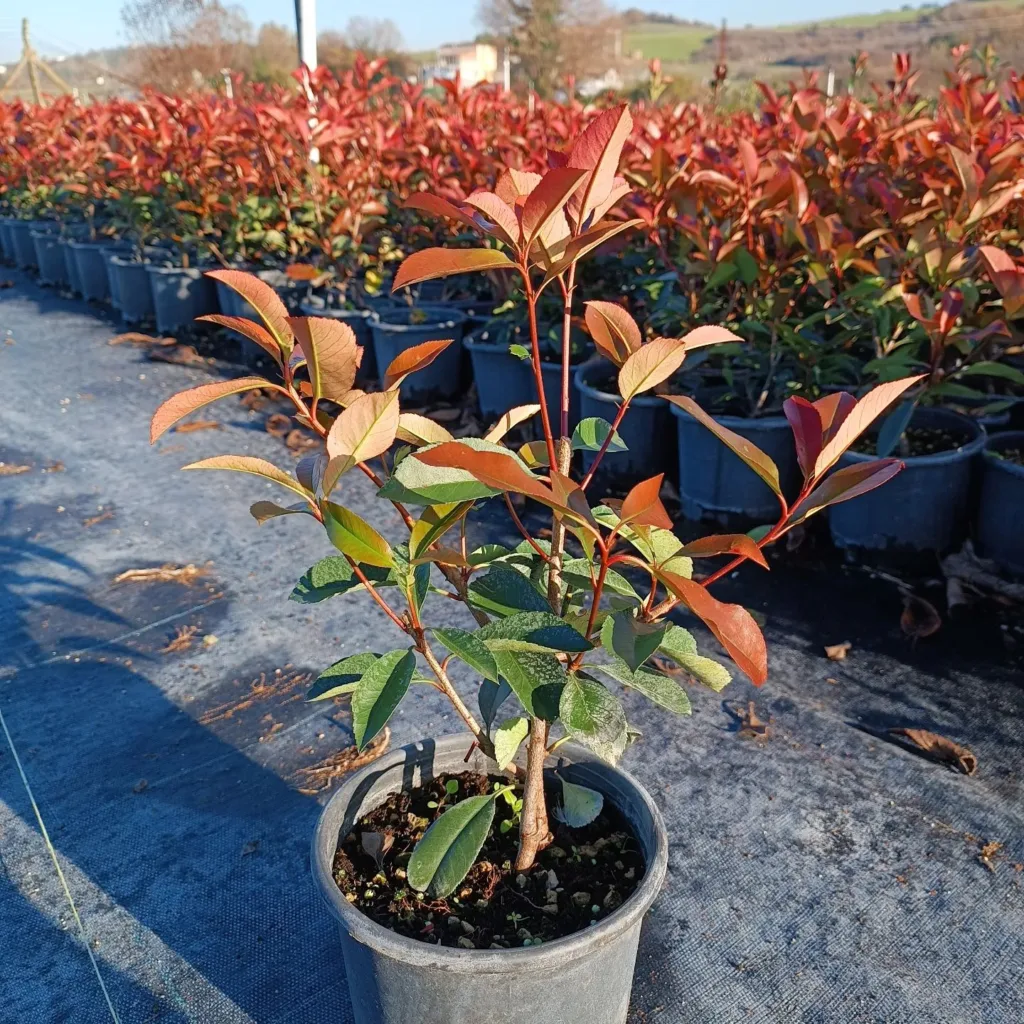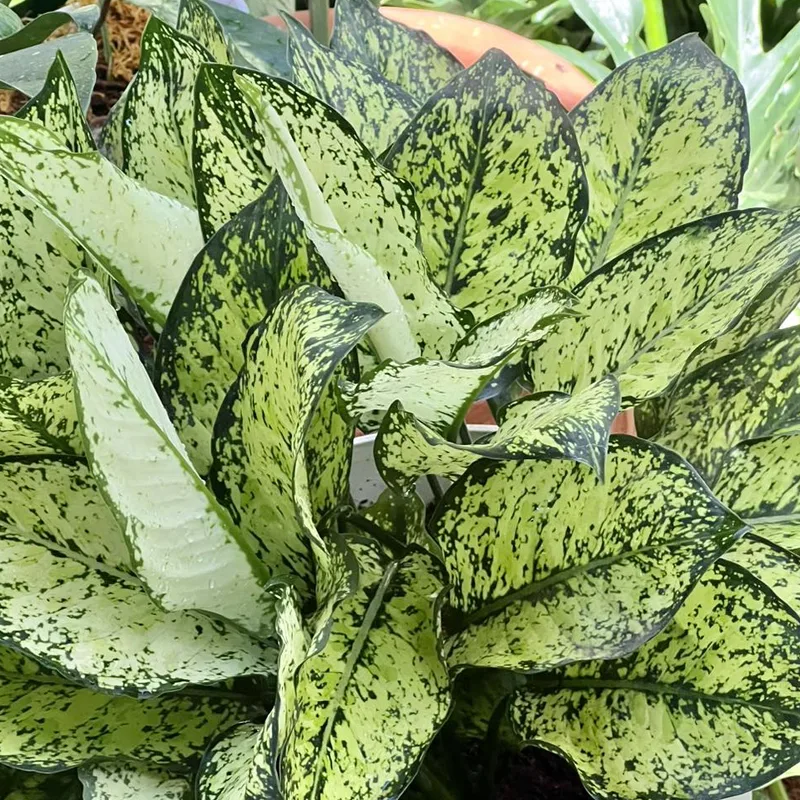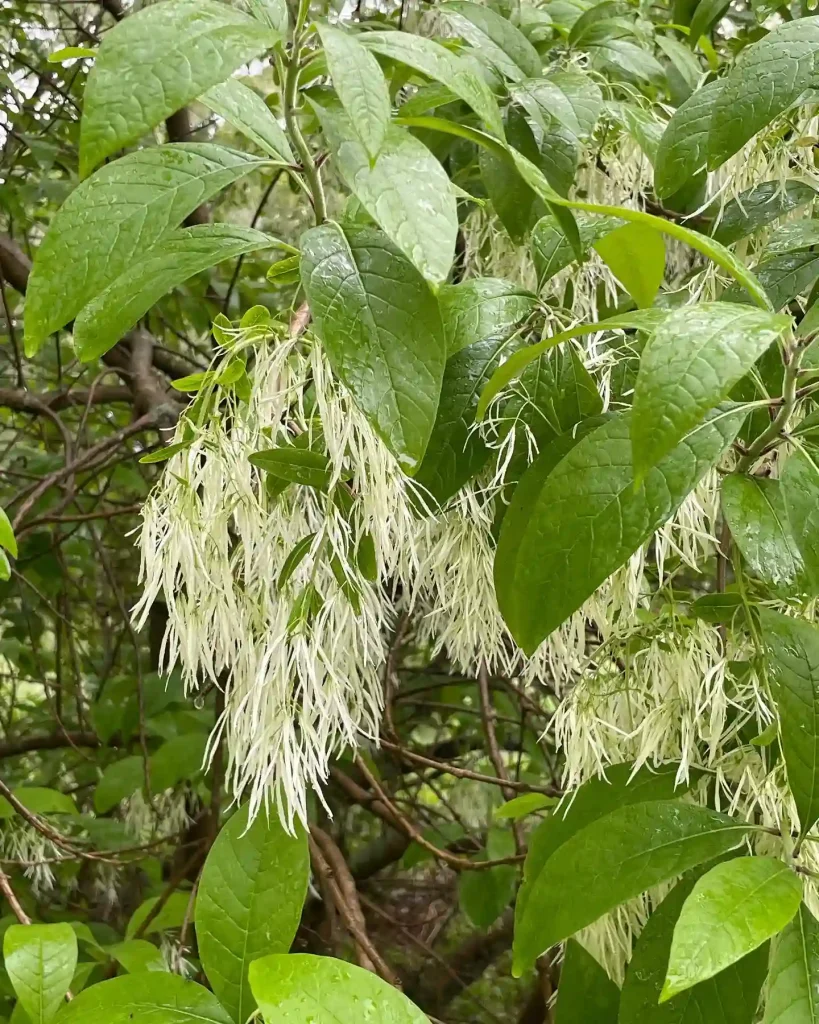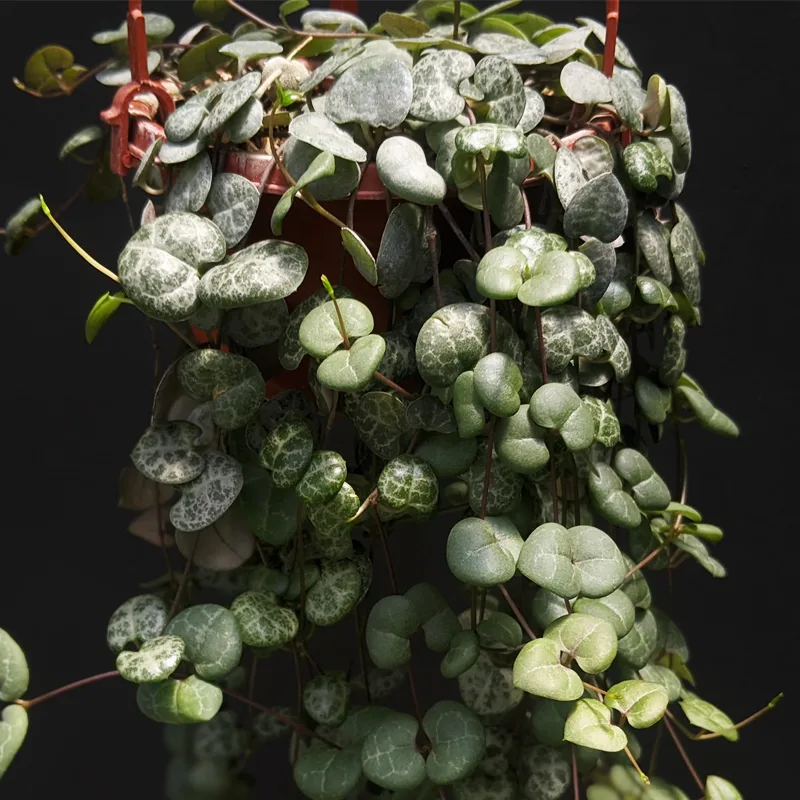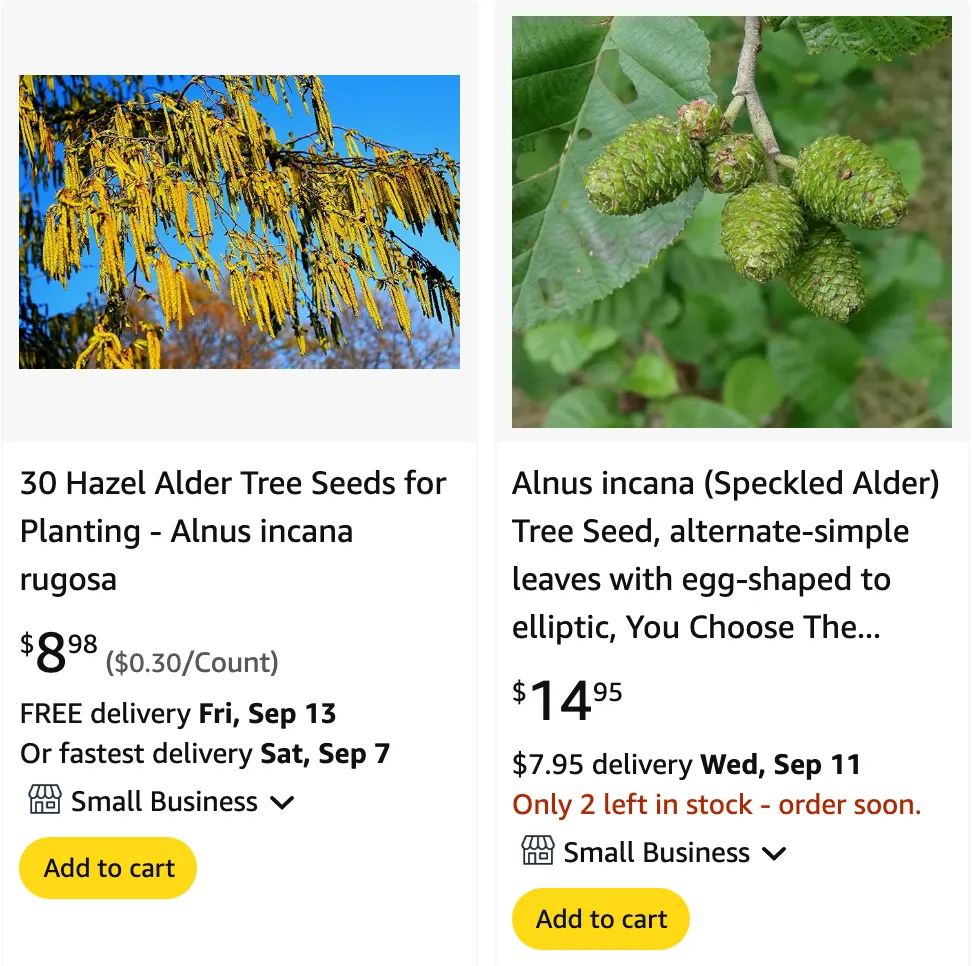
FAQs About Alnus Incana
If you’re considering adding Alnus Incana, commonly known as Grey Alder, to your garden or landscape, you might have a few questions. As someone who’s delved into the world of this intriguing plant, I’ll address some frequently asked questions and share what I’ve learned about its characteristics, care, and uses.
49 Species in Genus Alnus
What is Alnus Incana?
Alnus Incana, or Grey Alder, is a deciduous tree native to northern Europe, Asia, and North America. Known for its ability to thrive in a variety of soil conditions, it’s often found in wet, boggy areas. This tree features a distinctive gray bark and can grow up to 30 feet tall. It’s valued for its ecological benefits, particularly in stabilizing soil and enhancing soil fertility through nitrogen fixation.
Are All Alnus Incana Edible?
While Alnus Incana isn’t commonly eaten, parts of the tree are edible in certain situations. The inner bark of the Grey Alder can be used to make a tea, which some people find useful for its mild medicinal properties. However, the tree isn’t widely recognized for its edibility compared to other plants. Always ensure you’re properly identifying the plant and consult a professional before consuming any part of it.
Alnus Incana vs Alnus Glutinosa
Alnus Glutinosa, or Black Alder, is another species in the Alnus genus that’s often compared to Alnus Incana. While both trees share some similarities, such as their ability to fix nitrogen and their preference for wet habitats, they have distinct differences. Alnus Glutinosa typically grows larger and has darker, more deeply ridged bark compared to the Gray Alder’s smoother, lighter bark. Additionally, Alnus Glutinosa produces slightly different leaf shapes and catkins. Understanding these differences can help you choose the right species for your specific needs.
How to Care for Alnus Incana?
Caring for Alnus Incana involves ensuring it has the right conditions to thrive. This tree prefers moist, well-drained soil but is quite adaptable. Regular watering is crucial, especially during dry periods. Pruning can be done to shape the tree and remove any dead or diseased branches. However, be cautious not to prune too heavily, as this can stress the tree.
How to Propagate Alnus Incana?
Propagation of Alnus Incana is typically done through seed or cuttings. To propagate by seed, collect them in the fall and stratify them in a cold, moist environment for a few months before planting. For cuttings, take semi-hardwood cuttings in the summer and plant them in a well-draining medium. Ensure they are kept moist until they establish roots.
What to Plant with Alnus Incana?
When choosing companion plants for Alnus Incana, consider species that thrive in similar conditions. Plants that appreciate moist soil and partial shade work well. Options include ferns, hostas, and certain types of wildflowers. The presence of Alnus Incana can also enhance the growth of other plants due to its nitrogen-fixing ability.
Can You Grow Alnus Incana Indoors?
Growing Alnus Incana indoors is challenging. It’s a tree that requires ample space and specific environmental conditions that are hard to replicate indoors. It’s best suited for outdoor environments where it has room to grow and the conditions it needs to flourish.
Is Alnus Incana Toxic?
Alnus Incana is not known to be toxic to humans or pets. However, it’s always wise to ensure that any plant material is not consumed or mishandled, as reactions can vary.
Benefits of Alnus Incana
One of the key benefits of Alnus Incana is its ability to improve soil quality. As a nitrogen-fixing tree, it helps enrich the soil, making it beneficial for surrounding plants. It also provides excellent erosion control due to its robust root system, which stabilizes soil and prevents runoff.
Common Problems with Alnus Incana
While generally resilient, Alnus Incana can face issues such as leaf spot and aphid infestations. Keeping an eye on your tree and addressing any problems early can help maintain its health. Proper spacing and good air circulation around the tree can also prevent many common issues.
Compare with Other Similar Plants
When comparing Alnus Incana to other similar plants, such as Alnus Glutinosa or Betula species (birch trees), consider their growth requirements and ecological benefits. Alnus Glutinosa, for instance, may have different soil and moisture preferences, while birch trees offer different aesthetic qualities and growth patterns.
In summary, Alnus Incana is a versatile and beneficial tree with several unique features and uses. By understanding its care requirements and characteristics, you can make an informed decision about incorporating it into your landscape. Whether you’re interested in its ecological benefits or simply want a hardy tree for a challenging spot, Alnus Incana offers plenty of advantages.
If i die, water my plants!
